Poverty, to be picturesque, should be rural. Suburban misery is as hideous as it is pitiable
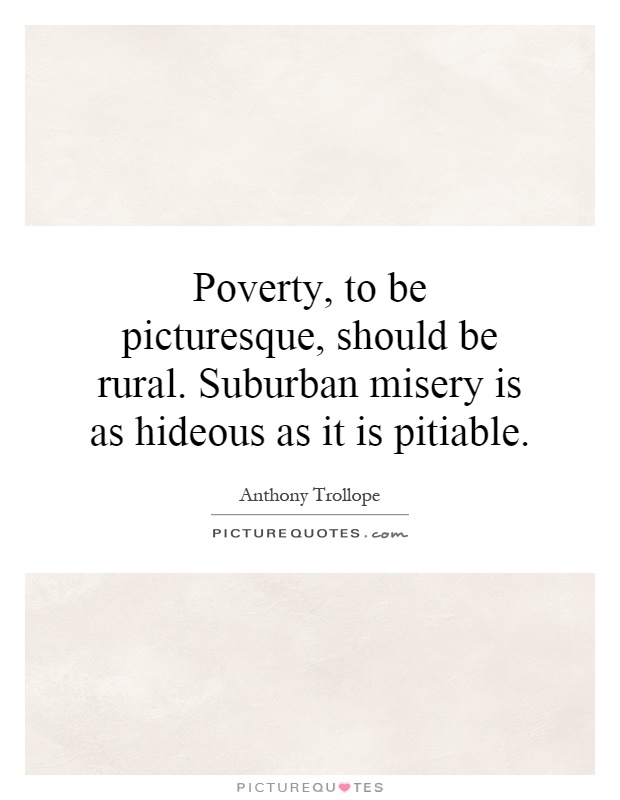
Poverty, to be picturesque, should be rural. Suburban misery is as hideous as it is pitiable
Anthony Trollope, a renowned Victorian novelist, often explored themes of social class and poverty in his works. In his novels, Trollope frequently depicted the struggles of the lower classes, highlighting the stark contrast between the wealthy elite and the impoverished masses. One of the recurring themes in Trollope's writing is the idea that poverty, when portrayed in a rural setting, can be seen as picturesque and even romanticized, while suburban poverty is portrayed as ugly and degrading.Trollope's statement that "Poverty, to be picturesque, should be rural. Suburban misery is as hideous as it is pitiable" reflects his belief that poverty in rural areas is often romanticized and idealized, while poverty in suburban areas is seen as more squalid and degrading. In Trollope's novels, rural poverty is often depicted as a simpler, more idyllic way of life, where individuals are closer to nature and have a stronger sense of community. This portrayal of rural poverty as picturesque and even noble can be seen in works such as "The Warden" and "Barchester Towers", where Trollope explores the lives of the poor in the fictional town of Barchester.
On the other hand, Trollope's depiction of suburban poverty is much bleaker and more grim. In novels such as "The Way We Live Now" and "Phineas Finn", Trollope portrays the struggles of the lower classes living in the crowded, dirty streets of London. In these works, suburban poverty is shown to be dehumanizing and degrading, with individuals living in cramped, unsanitary conditions and struggling to make ends meet.
Overall, Trollope's statement about poverty reflects his belief that the setting in which poverty is portrayed can greatly influence how it is perceived. By contrasting rural poverty with suburban poverty, Trollope highlights the complexities and nuances of social class and poverty in Victorian society. Through his nuanced and insightful portrayals of poverty, Trollope sheds light on the harsh realities faced by the lower classes and challenges readers to reconsider their preconceived notions about wealth and poverty.

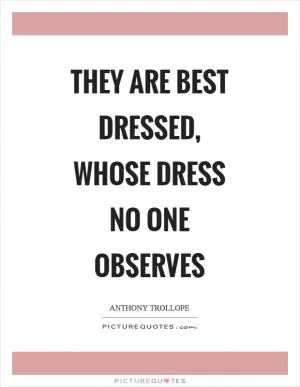


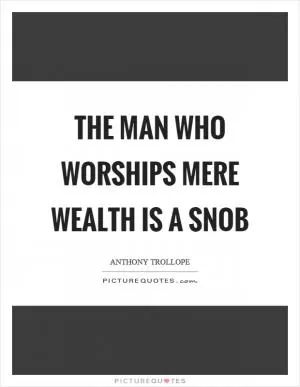
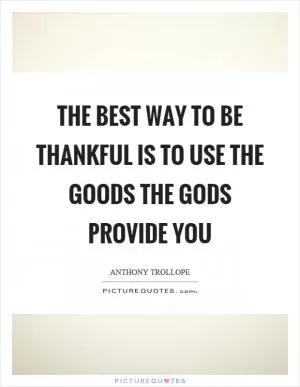
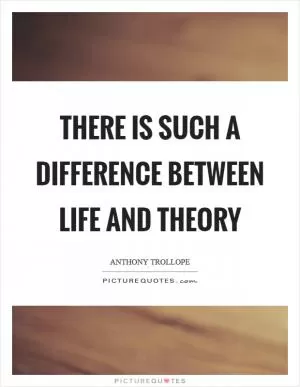


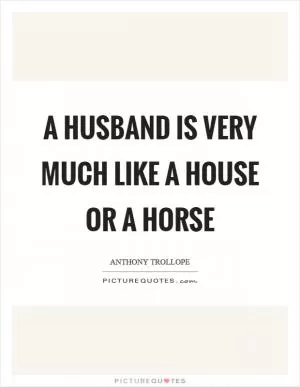

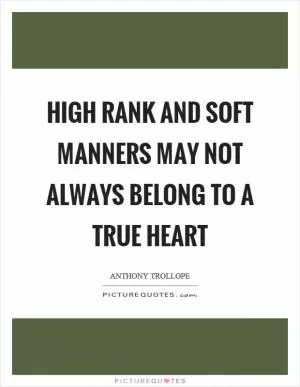
 Friendship Quotes
Friendship Quotes Love Quotes
Love Quotes Life Quotes
Life Quotes Funny Quotes
Funny Quotes Motivational Quotes
Motivational Quotes Inspirational Quotes
Inspirational Quotes